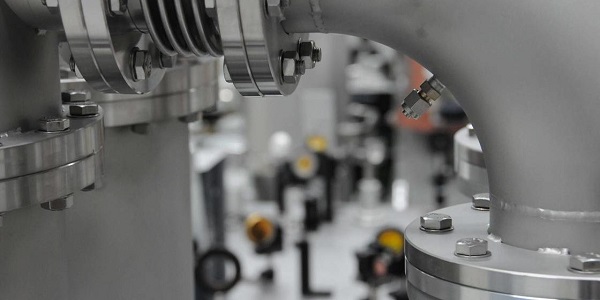Frucor Suntory aims for net-zero at $400 million facility
Frucor Suntory Oceania has taken steps towards net-zero operation of its new new $400 million state of the art manufacturing and distribution facility now under construction in Swanbank, Queensland. The facility, which will have the immediate capacity to deliver 20 million cases per annum, has signed with publicly owned CleanCo to secure a 11GWh clean…












